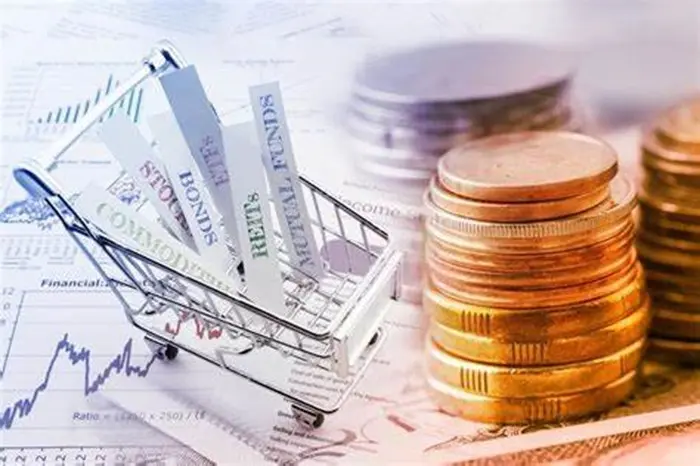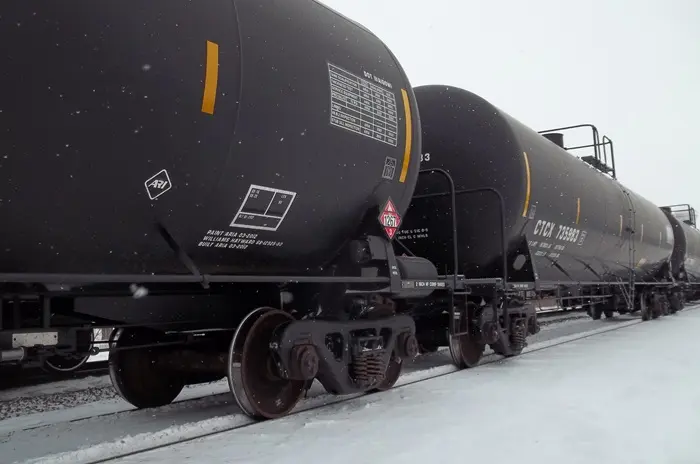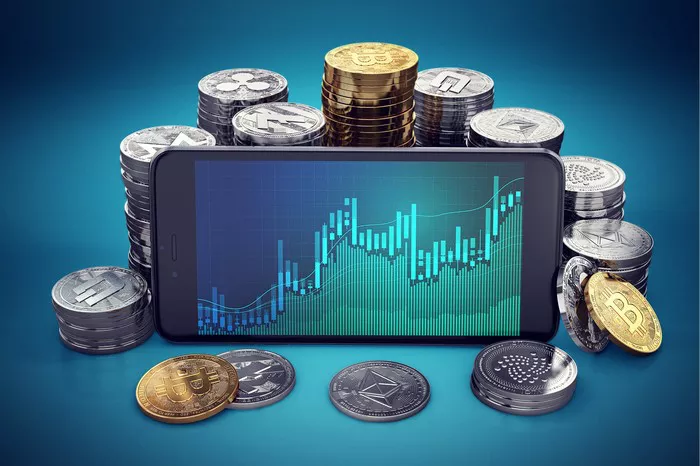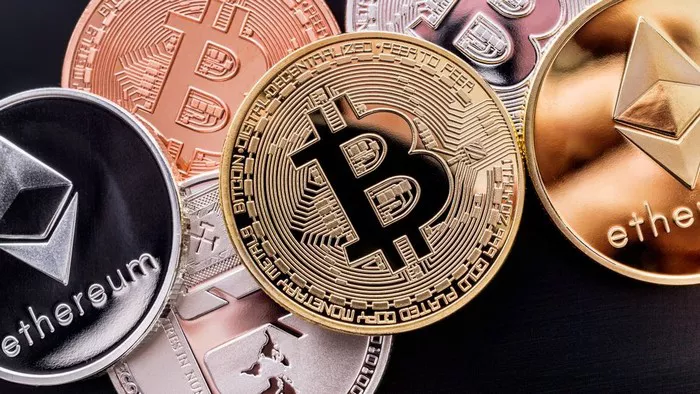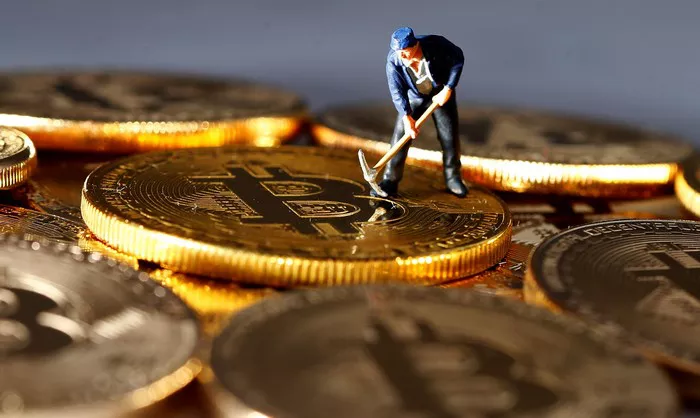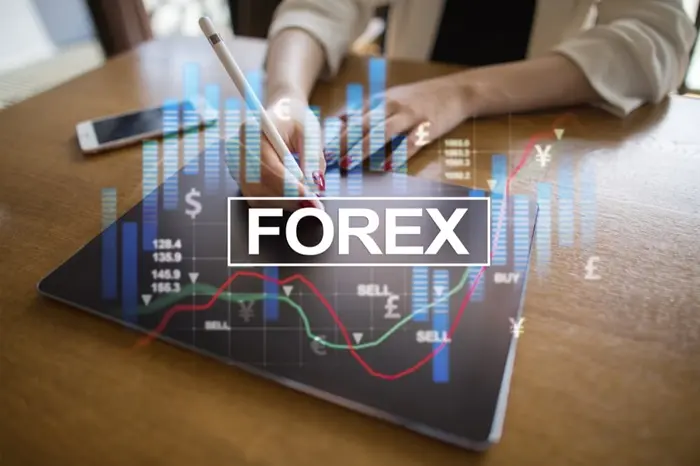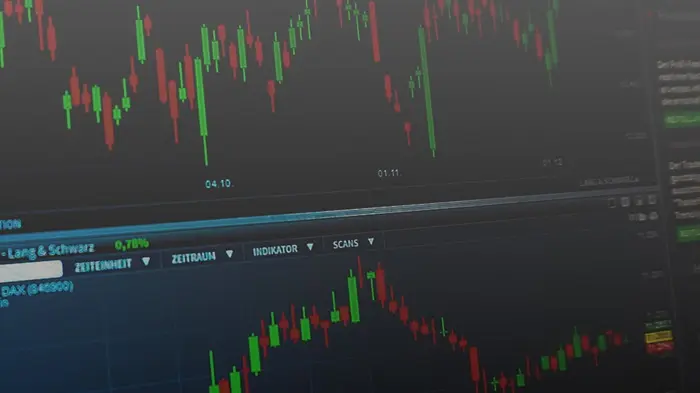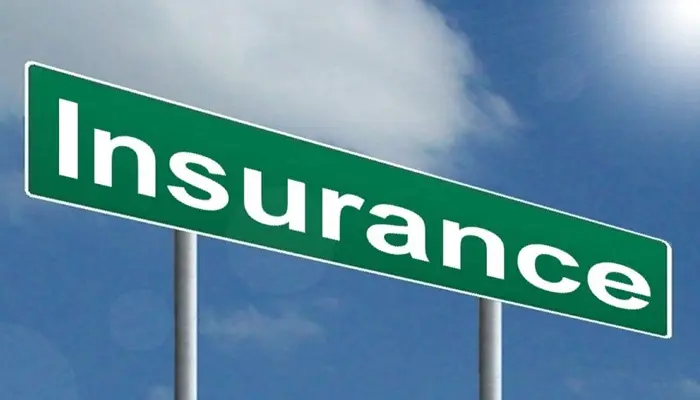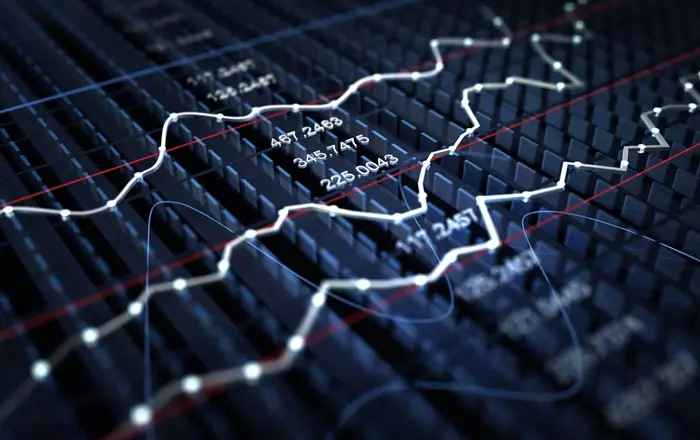President Donald Trump announced a series of aggressive tariffs on Wednesday that greatly complicate the Fed’s job, and policymakers are likely to remain in wait-and-see mode as they try to tame inflation and avoid an economic downturn.
“This is basically our worst-case scenario,” said Diane Swonk, chief economist at KPMG, adding that the tariffs increase the likelihood of a slowdown in the U.S. economy.
But Swonk and other economists said Fed officials may hold off on action as they assess the potential impact of the tariffs on inflation.
The tariffs are more severe than many analysts expected, and if they remain in place, they are expected to raise prices for trillions of dollars of goods imported each year. A full-blown trade war between the United States and other countries, and an escalation of retaliatory tariffs, could disrupt supply chains, reignite inflation and make an already deteriorating economic outlook even worse.
Trump said on Wednesday that the United States would impose a baseline tariff of at least 10% on all goods imported into the United States, and many countries have applied tariffs far higher than this level. The cumulative tariff rate on Chinese goods is estimated to be more than 50%. The European Union will be 20%, and Vietnam will be 46%.
Bloomberg Economics Research estimates that the new tariff measures could raise the average effective tariff rate in the United States from 2.3% in 2024 to around 22%. Omair Sharif, president of Inflation Insights LLC, calculated the tariff level to be 25% to 30%.
After the tariff announcement, investors increased bets that the Fed would cut interest rates at least three times this year.
Related topics:

